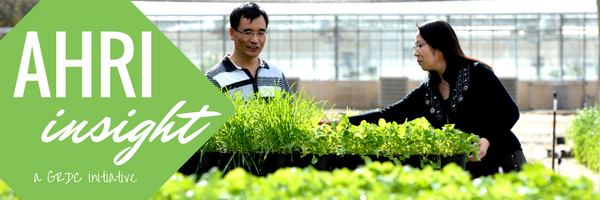Australia
June 21, 2017

Unfortunately, large parts of Western Australia, South Australia and Queensland are as dry as a London newspaper! This edition of AHRI insight looks to address the issue of spraying stressed weeds.
We had to go back to 1995 to find some relevant research, but it was worth it.
The GRDC funded research conducted by David Minkey and John Moore at DAFWA in the 90s is pure gold! They set out to determine what factors influence herbicide rate.
They looked at moisture stress, relative humidity, temperature, and days since 5mm of rainfall. As you would guess all of these factors had an effect, but it appears that moisture stress had the biggest impact.
The rate of glyphosate to kill moisture stressed wheat was more than 10 times that of wheat growing with adequate moisture.
In a dry year, we’re often faced with the whole kit and caboodle – moisture stressed weeds, high temperatures, low relative humidity and long durations between rainfall events.
There’s no quick fix, but by understanding the driving factors, it can help us to pick the best time to spray weeds.
This research also reminds us that we’re likely to see surviving weeds at harvest, which is why we believe that perhaps this year is the year to adopt chaff lining at harvest.
READ MORE